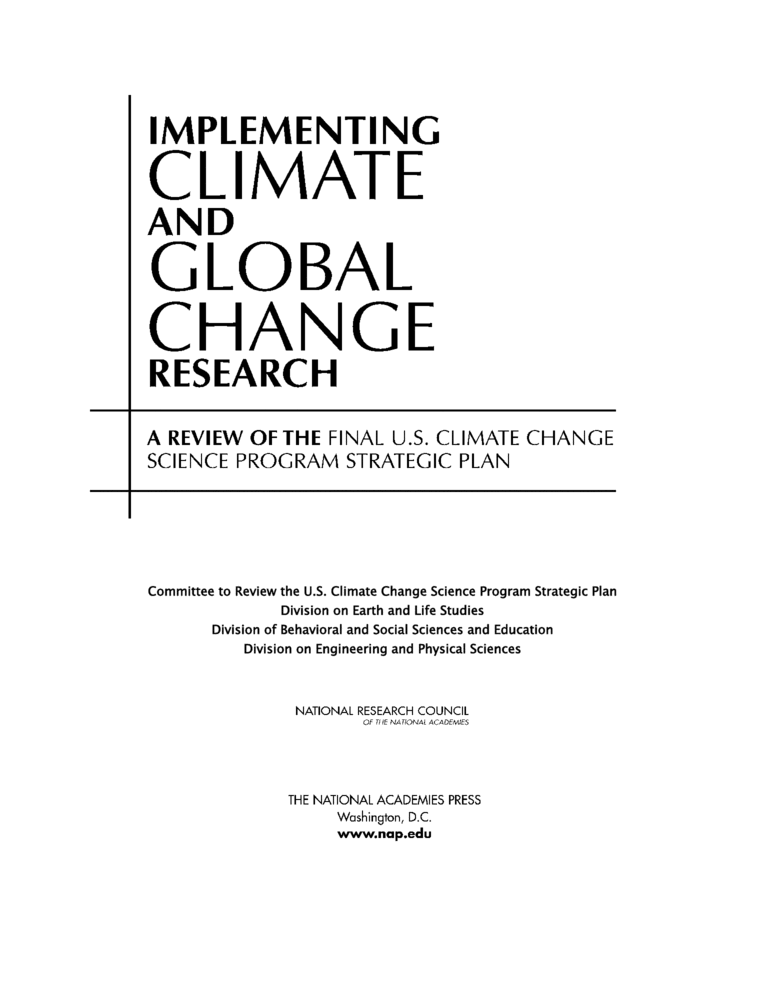National Academy of Engineering and National Research Council.WASHINGTON.Dec. 14, 2011. To reduce the risk of another accident as catastrophic as the Deepwater Horizon explosion and oil spill, a new report from the National Academy of Engineering and National Research Council says, companies involved in offshore drilling should take a "system safety" approach to anticipating and managing possible dangers at every level of operation -- from ensuring the integrity of wells to designing blowout preventers that function "under all foreseeable conditions." In addition, an enhanced regulatory approach should combine strong industry safety goals with mandatory oversight at critical points during drilling operations.
The report says the lack of effective safety management among the companies involved in the Macondo Well-Deepwater Horizon disaster is evident in the multiple flawed decisions that led to the blowout and explosion, which killed 11 workers and produced the biggest accidental oil spill in U.S. history. Regulators also failed to exercise effective oversight.
"The need to maintain domestic sources of oil is great, but so is the need to protect the lives of those who work in the offshore drilling industry as well as protect the viability of the Gulf of Mexico region," said Donald C. Winter, former secretary of the Navy, professor of engineering practice at the University of Michigan, and chair of the committee that wrote the report. "Industry and regulators need to include a factual assessment of all the risks in deepwater drilling operations in their decisions and make the overall safety of the many complex systems involved a top priority."
Despite challenging geological conditions, alternative techniques and processes were available that could have been used to prepare the exploratory Macondo well safely for "temporary abandonment" -- sealing it until the necessary infrastructure could be installed to support hydrocarbon production, the report says. In addition, several signs of an impending blowout were missed by management and crew, resulting in a failure to take action in a timely manner. And despite numerous past warnings of potential failures of blowout preventer (BOP) systems, both industry and regulators had a "misplaced trust" in the ability of these systems to act as fail-safe mechanisms in the event of a well blowout.
BOP systems commonly in use -- including the system used by the Deepwater Horizon -- are neither designed nor tested to operate in the dynamic conditions that occurred during the accident. BOP systems should be redesigned, rigorously tested, and maintained to operate reliably, the report says. Proper training in the use of these systems in the event of an emergency is also essential. And while BOP systems are being improved, industry should ensure timely access to demonstrated capping and containment systems that can be rapidly deployed during a future blowout.
Operating companies should have ultimate responsibility and accountability for well integrity, the report says, because only they possess the ability to view all aspects of well design and operation. The drilling contractor should be held responsible and accountable for the operation and safety of the offshore equipment. Both industry and regulators should significantly expand the formal education and training of personnel engaged in offshore drilling to ensure that they can properly implement system safety. Guidelines should be established so that well designs incorporate protection against the various credible risks associated with the drilling and abandonment process. In addition, cemented and mechanical barriers designed to contain the flow of hydrocarbons in wells should be tested to make sure they are effective, and those tests should be subject to independent, near real-time review by a competent authority.
The U.S. Department of the Interior's recent establishment of a Safety and Environmental Management Systems (SEMS) program -- which requires companies to demonstrate procedures for meeting explicit goals related to health, safety, and environmental protection -- is a "good first step" toward an enhanced regulatory approach. Regulators should identify and enforce safety-critical points that warrant explicit regulatory review and approval before operations can proceed.
Offshore drilling operations are currently governed by a number of agencies, sometimes with overlapping authorities. The U.S. should make a single government agency responsible for integrating system safety for all offshore drilling activities. Reporting of safety-related incidents should be improved to enable anonymous input, and corporations should investigate all such reports and disseminate lessons learned to personnel and the industry as a whole.
The study was sponsored by the U.S. Department of the Interior. The National Academy of Sciences, National Academy of Engineering, Institute of Medicine, and National Research Council make up the National Academies. They are private, nonprofit institutions that provide science, technology, and health policy advice under a congressional charter. The Research Council is the principal operating agency of the National Academy of Sciences and the National Academy of Engineering. For more information, visit http://national-academies.org. A committee roster follows.
Contacts:
William Skane, Executive Director
Molly Galvin, Senior Media Relations Officer
Shaquanna Shields, Media Relations Assistant
Office of News and Public Information
202-334-2138; e-mail news@nas.edu
Committee for Analysis of Causes of the Deepwater Horizon Explosion, Fire, and Oil Spill to Identify Measures to Prevent Similar Accidents to the Future; National Academy of Engineering and National Research Council
x

